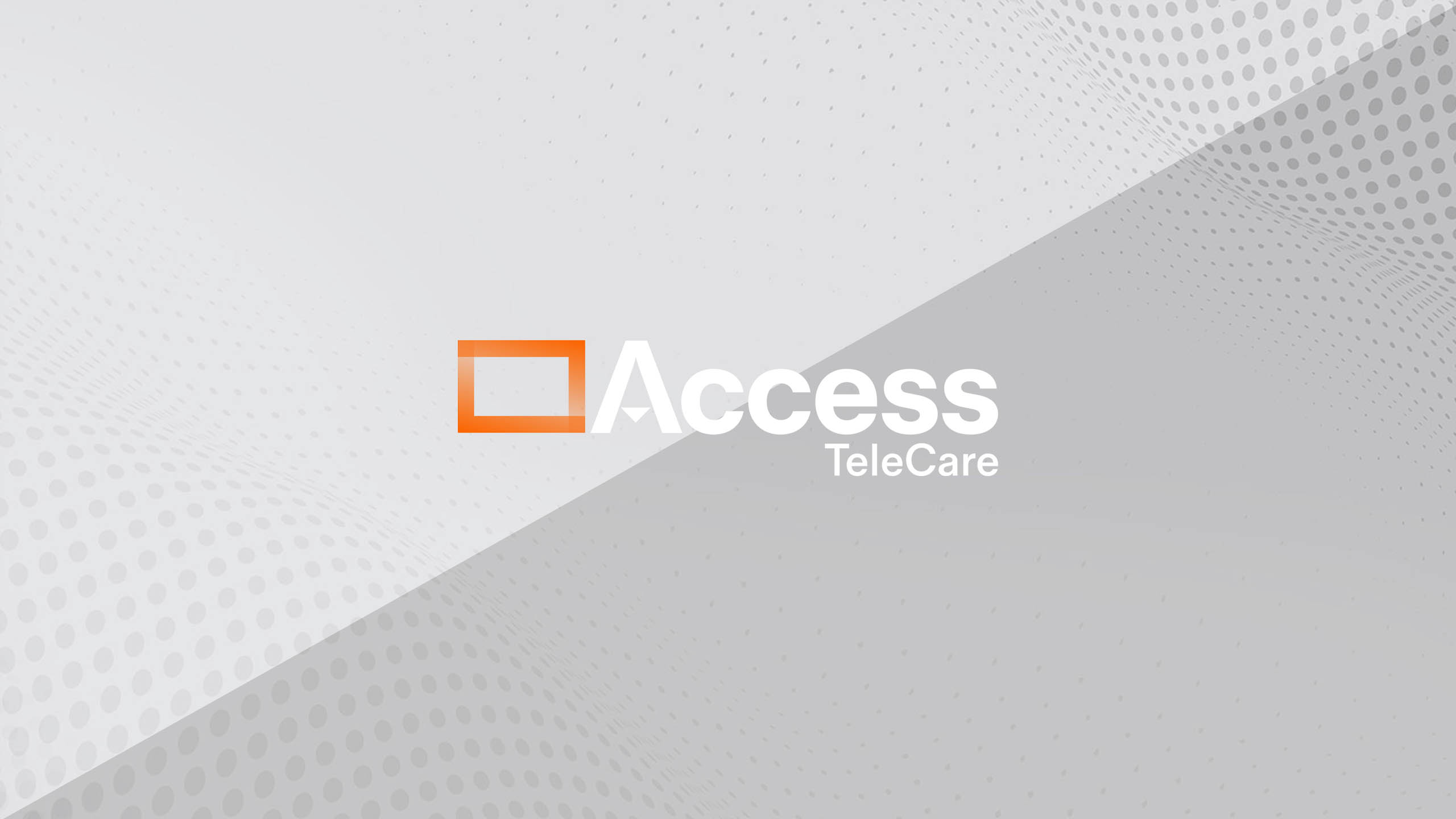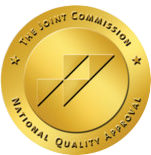Hospitalists, in general, are the decathletes of the healthcare industry. They care for complicated hospitalized patients around-the-clock, coordinate care between different doctors, order and follow-up on tests, meet with patients’ family members, and deal with a multitude of problems as they arise. While there are many efficiencies in utilizing hospitalists, there are also issues that hospital executives must address such as resourcing, recruitment and coverage—just a few of the hospitalist challenges telemedicine can help solve.
Hospitalist programs and telemedicine are a natural fit. The scalable, flexible nature of remote healthcare can enable optimization of hospitalist resources, facilitating the best use of limited resources, coverage optimization, and expense management. Telemedicine can offer some unique coverage advantages, which is especially important in situations where access to healthcare is difficult, resources are inadequate or in cases where needed expertise is unavailable.
Telemedicine Balances the Load
Hospitalist program providers are typically familiar with this scenario: when reviewing hospitalist resources, some are very, very busy, perhaps even worn thin; while others may have some extra capacity. Telemedicine can help even out the workload across these teams. The same is true for a multi-site hospital system with great hospitalist coverage and capacity at one location, but not at its other facilities. Telemedicine can help even out the load virtually, rapidly fixing coverage shortage and load imbalances.
Telemedicine Provides Around-the-Clock Coverage
Hospitals with high patient volumes typically can justify the hiring of full-time nocturnists who command a higher salary (typically 15% higher) for dedicated overnight duty but garner lower revenue due to fewer night encounters versus the daytime. Telemedicine enables fractionalization of hospitalist capacity so that an individual hospitalist can be shared across multiple facilities, and their utilization maximized, even at night.
Telemedicine Enables Better Utilization
Most hospitalist programs are at an inflection point—when the demand for hospitalist coverage is exceeding existing provider availability. At this resource inflection point, it is unlikely a hospitalist program can add a part-time or partial shift. This means new full-time resources are underutilized and hospitalist programs are likely losing money unless subsidies are approved. An enterprise-wide telemedicine solution can enable fractionalization of hospitalist capacity across multiple facilities to avoid hiring hospitalists who are underutilized and adding expense to the program.
Telemedicine Fixes Ad Hoc Coverage Gaps
Staffing a hospitalist in a short timeframe is challenging when there’s not enough lead-time. It can also cost twice as much to obtain last-minute coverage. And, what if emergency privileges are also required? Such a gap can be critical for a hospitalist program provider and more troubling, a potential JCAHO red flag.
Whether it’s for a single shift, a weekend, a month, or longer, telemedicine can facilitate the rapid deployment of hospitalists to disparate hospitals and enable doctors to pick up incremental, short-term or flexible hours. This allows more flexibility for hospitalists to choose their ideal hours and the ability for hospitalist programs to fractionalize their staff’s time.
Load balancing, 24/7 coverage and ad hoc gaps are just some of the many benefits of utilizing teleHospitalists and a proven enterprise-wide telemedicine platform.





